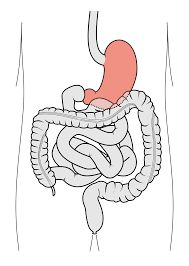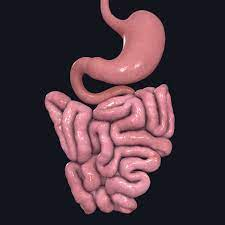The Workings of the Immune System
- Mahi Mahitcha

- Sep 7, 2022
- 2 min read
By neutralizing destructive pathogens from the environment and essentially being the body’s first line of defense, the immune system is easily one of the most crucial systems in the body. It utilizes a network of cells, proteins, and organs that protects the body’s cells from infection.

The immune system contains a variety of interconnected components, the most vital being the following:
The lymphatic system, which is similar to blood vessels and maintains fluid levels by returning excess fluid that drains from cells & tissues to the bloodstream. It carries a fluid called lymph, which transports cells with immune-related functions to places in the body that require them.
White blood cells - also known as lymphocytes - which search for foreign pathogens in the body (bacteria, viruses, etc.) and send signals to other cells in order to launch an immune attack. They are stored in the places called lymphoid organs, such as the lymph nodes, tonsils, bone marrow, and spleen.
Bone marrow, which produces white blood cells as well as red blood cells, needed to carry oxygen, and platelets, which help blood clot and prevent the body from losing too much blood.
Antibodies, which are proteins produced in response to an infection. They destroy pathogens and prevent human cells from being infected.
These main components help two parts of the immune system work together - the innate and adaptive immune system.
The innate immune system is what a person is born with, and it is designated the job of responding immediately to foreign bodies such as parasites and cells. When an invader is identified, cells of the immune system (phagocytes) surround and eventually kill it.
This part of the immune system is also composed of physical barriers that protect a person’s body, including skin and mucus membranes.
The adaptive immune system is responsible for producing antibodies after the body’s exposure to an invader. This enables the immune system to recognize it as hostile and defend against it. Sometimes, however, the immune system doesn’t stop an attack after the pathogen has been killed, or attacks when no pathogen is present, which is the source of conditions like autoimmune disorders or allergic reactions.




Comments